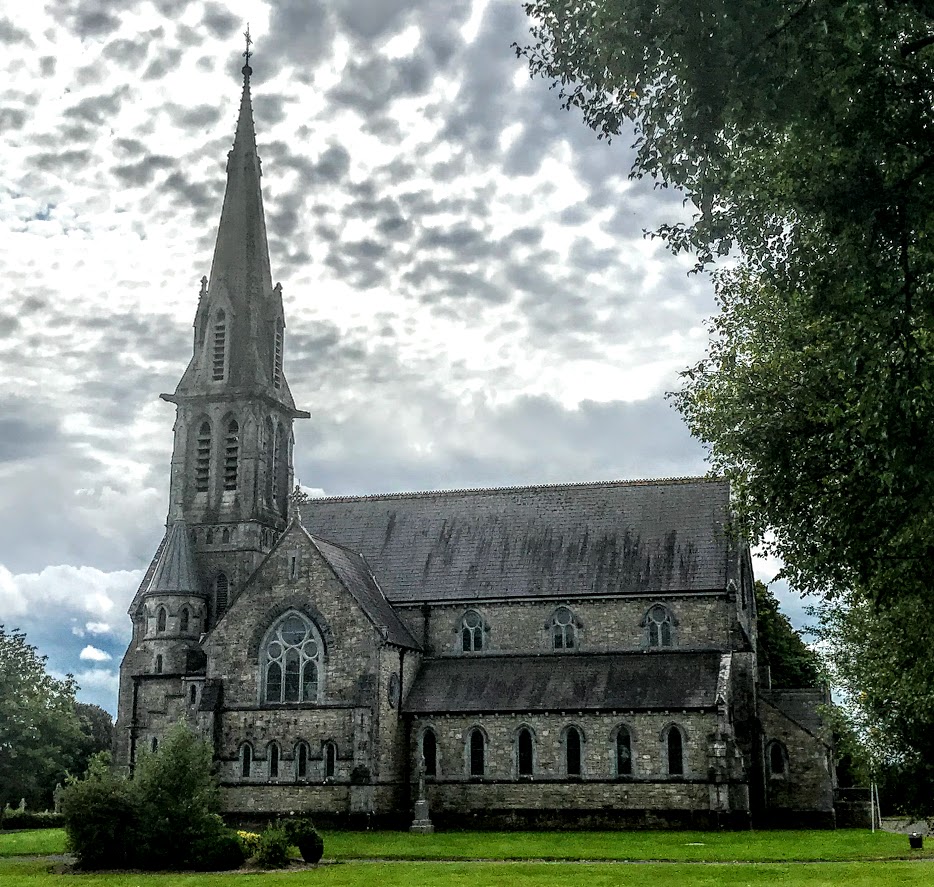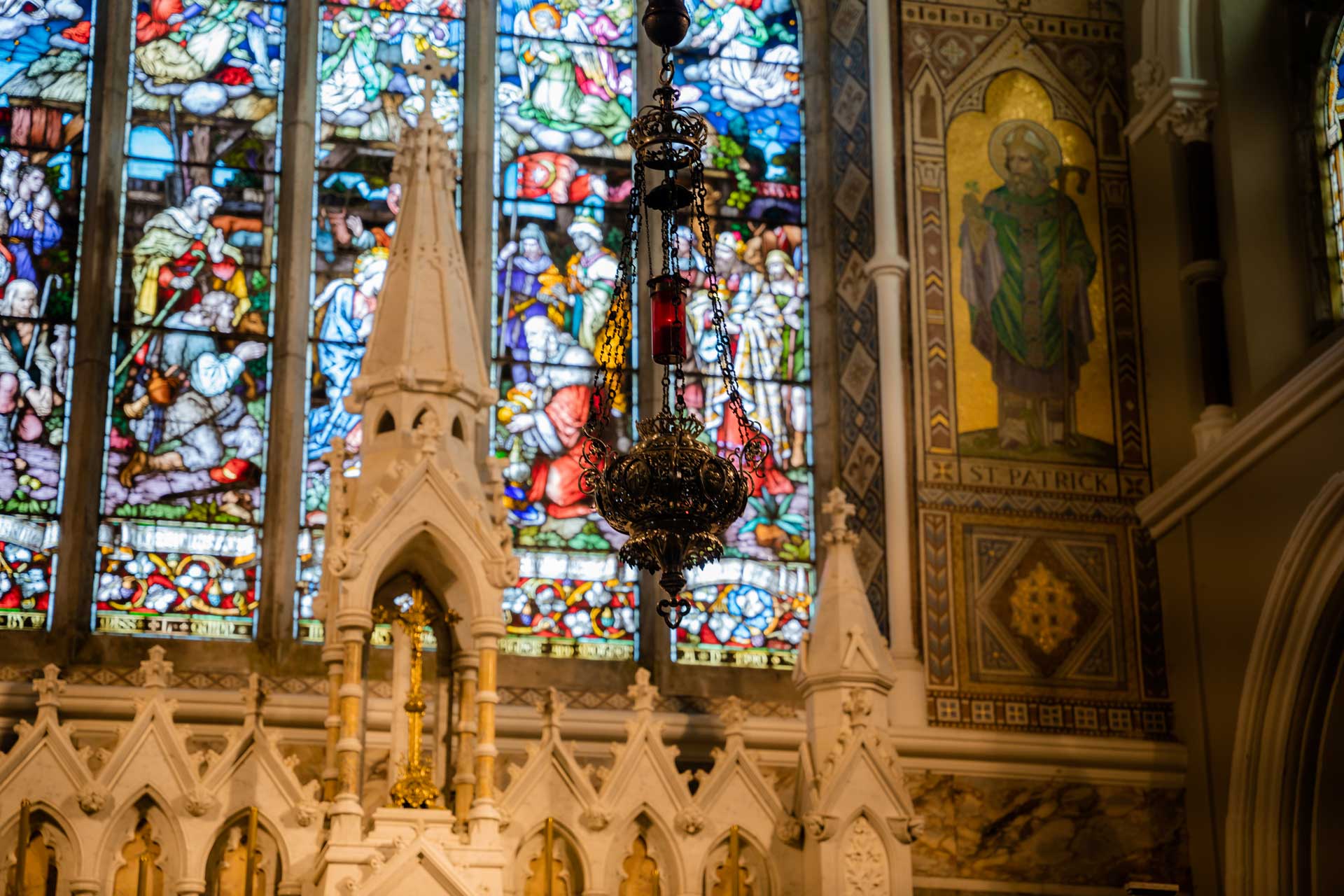

...


Bri Leith is identified as the prime location of the greatest Irish hero tales - the 'Wooing of Etain'. The more modern name Sliabh gCalraighe, means the hill of Calraighe - an ancient people who dwelt in the district at the dawn of history. Ancient tales, imaginary or not, indicate that Bri Leith was a place of renown.
Historians agree that the first seeds of the Christian religion in the diocese were sown on the hill of Ardagh. The indications are that St. Patrick arrived in Ardagh about 435. The king of Teffia received him with respect and he secured a site for his church, over which he placed his nephew St. Mel as bishop. A crozier believed to be St. Mel's was found just yards from the cathedral ruins and was restored and displayed in the diocesan museum - unfortunately this was badly damaged in the fire on Christmas day 2009. For the next 1000 years Ardagh continued to be the cathedral town of the diocese with the bishop residing there.
The Cyclopean ruins of the cathedral, still to be seen in the village, are perhaps the ruins of a building erected at a later date but is numbered among the oldest churches in Ireland.
St. Mel invited St. Brigid to found a convent. He also accepted her vows and gave her and her seven companions the site for their convent. Nowadays no trace of the convent can be found. A Holy Well named after St. Brigid is located close to the village and the well is visited each year on February 1st
The seeds of religion sown by St. Patrick and St. Mel at Ardagh continued to bear fruit over the centuries. Today there is a vibrant Christian community cantered around our two churches - St. Brigid's and St. Mary's.


In January 1859 a site, within view of St. Mel's original foundation, was provided by Lady Sarah Fetherson, the local lady of the manor. Planning, fund raising and work continued until the completed church was opened for public worship in Oct. 1881. It was built to a design of William Hague, a pupil of the famous Pugin, and is regarded as one of the most ornate of the churches designed by him.
St. Mary's was one of the first of the post Catholic Emancipation churches to be built (probably on the site of an older building/church). Dean Farrelly, who initiated the building of St. Brigid's is burried in Moydow.
The old cemetery in Moydow has an inscription dated 1640. Early records show the small parish of Moydow as an independent parish. In 1677 it had its own pastor Jacobus Albidensis - probably a Dominican, ordained in Louvain 1659. In 1704 it was united with Ardagh. In 1744 it was joined to Templemichael and later in the century reunited to Ardagh and has remained thus to the present.
The church was extensively restored and renovated in 1952, with further improvements carried out in 1960/1970's/post Vatican 11.
The most recent development in parish organisation within the diocese is clustering. This involves a number of parishes working together and sharing personel. The parishes in our cluster are Legan, Mostrim, and Rathowen/Streete.
